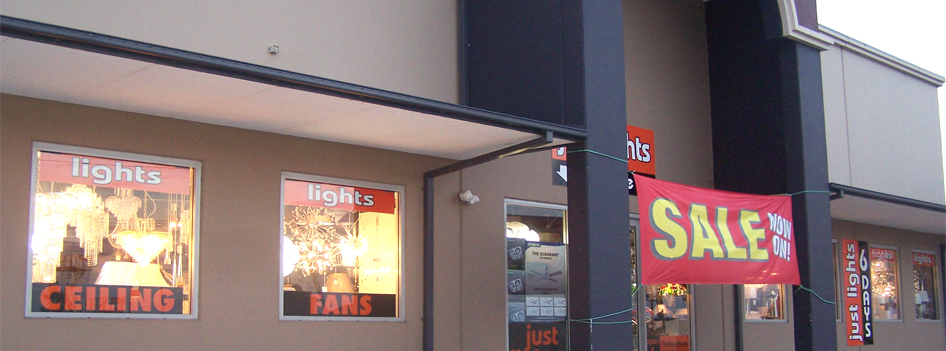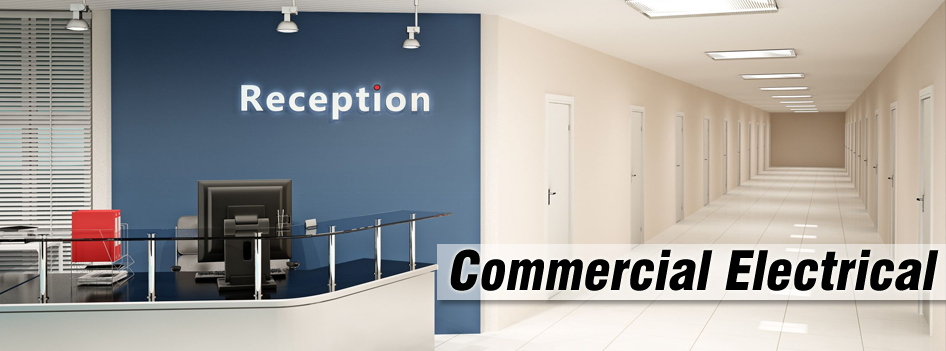Communication Systems in Commercial Facilities
The infrastructure in commercial facilities is incomplete without a proper
set up of computer network internet provision and telecom system.
For most businesses, the computer network needs can be met by a local area
network or LAN. A client server connection is popular form of LAN. It uses one
computer as a server where shared files and programs can be kept and all other
PCs are connected to this server.
The central machine may be a simple PC or a
more powerful, purpose built server computer. The client server networks are
very efficient at backing up and handling data as all files can be stored
centrally. A failure at a single point does not impact other computers in the
network as long as the server remains intact.
The internet provision on a LAN computer network may be arranged through a
dial up or broadband connection.
Business organisations also need to install numerous telephone lines and
extensions to facilitate smooth communication between different departments and
with clients.
A business with customer contact centre may require internet
along with advanced telecommunication systems such as Voice over internet
protocol or VoIP for smooth operations. Indeed VoIP has become a viable
solution for the smallest of businesses as broadband internet access becomes
affordable and more widespread.
Business owners are under constant pressure to control costs. There may be
employees who need to make large number of long distance calls and this can
significantly increase the telecommunication costs.
Most of the commercial
enterprises have been using Public Switched Telephone Networks or PSTN lines in
their offices. However, the new technology of VoIP provides inexpensive voice
communication and reduces telephony costs by 30 per cent.
VoIP, also known as internet telephony, allows to make calls via the
internet instead of traditional telephone lines. The calls may be made through
a dial up or broadband connection. VoIP is suitable for changing business needs
as adds, moves and changes can be easily managed vis web based control panel.
With VoIP there is no need to maintain separate networks for voice and data.
Both the networks can be converged into a single network, making the over
management simpler.
VoIP also provides several large, enterprise level
communications capabilities such as auto attendant answering system and find/
follow features. Before the advent of VoIP technology, these capabilities were
very expensive and were only possible through Private Branch Exchange (PBX)
telephony systems.
Along with computer network, broadband and telecommunication sets up, most
commercial enterprises also install large Television sets in their facilities.
LCDs with large screens can be good choice for offices that need to provide
basic entertainment options in their cafeteria or recreation rooms. The slim
LCDs can be mounted on walls and do not occupy much place.
Once the basic electrical installation in a commercial organisation is
complete, care must be taken to arrange for the most suitable computer network,
internet connection, telephonic & data communication network as well as
entertainment systems.
The number of employees using the facility, the business
capacity and budget are the prime factors that influence the choice of systems.







